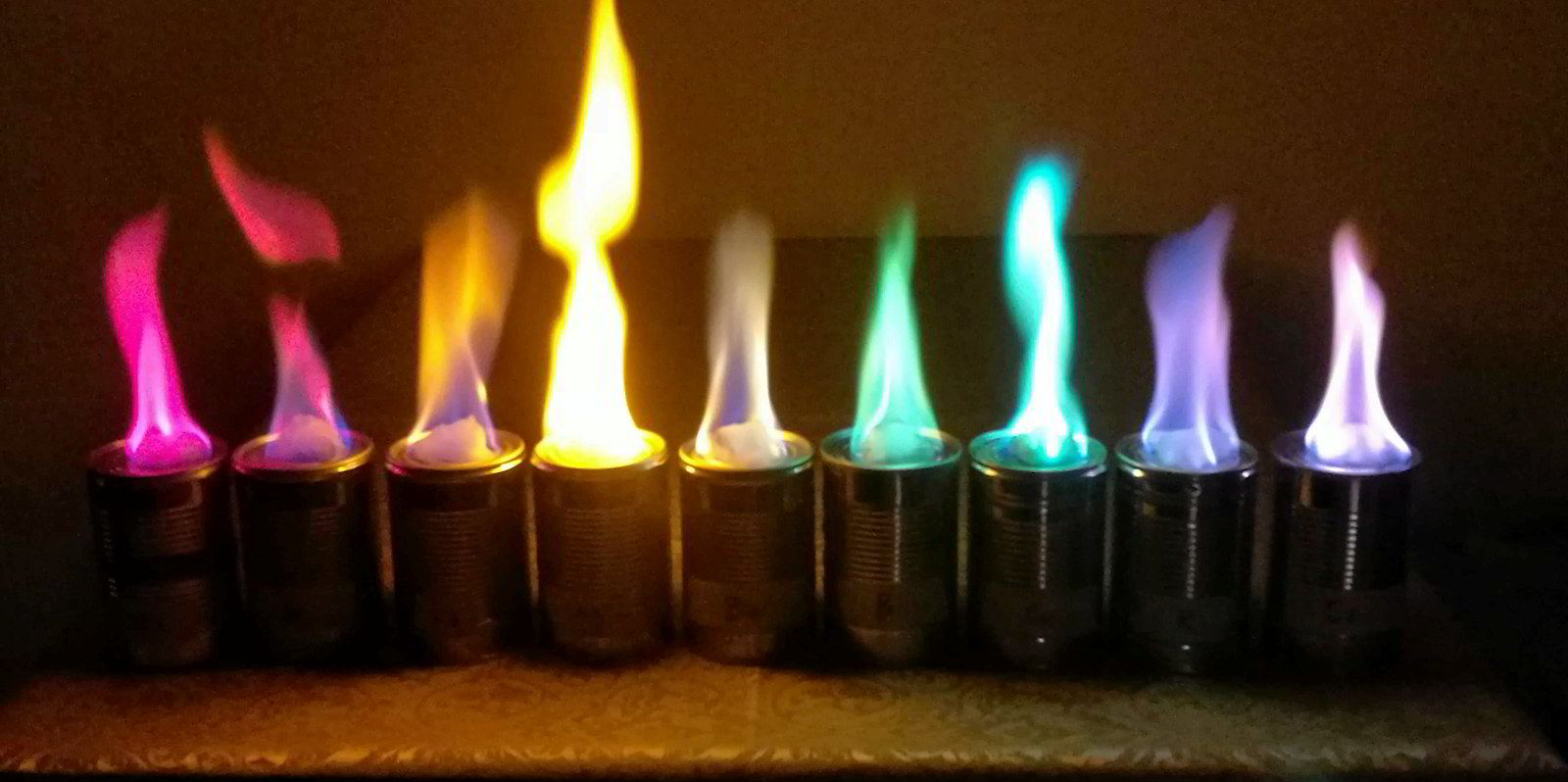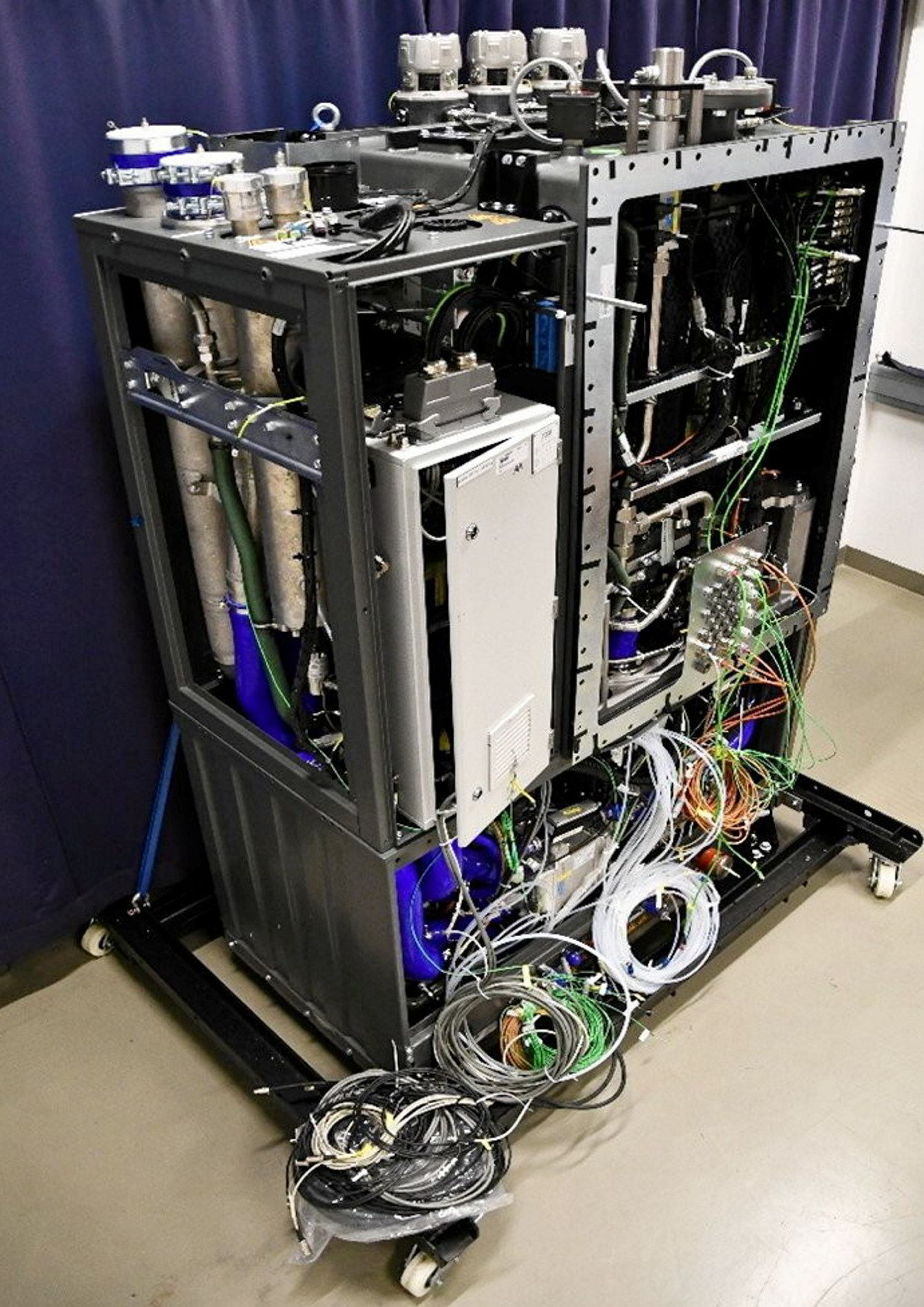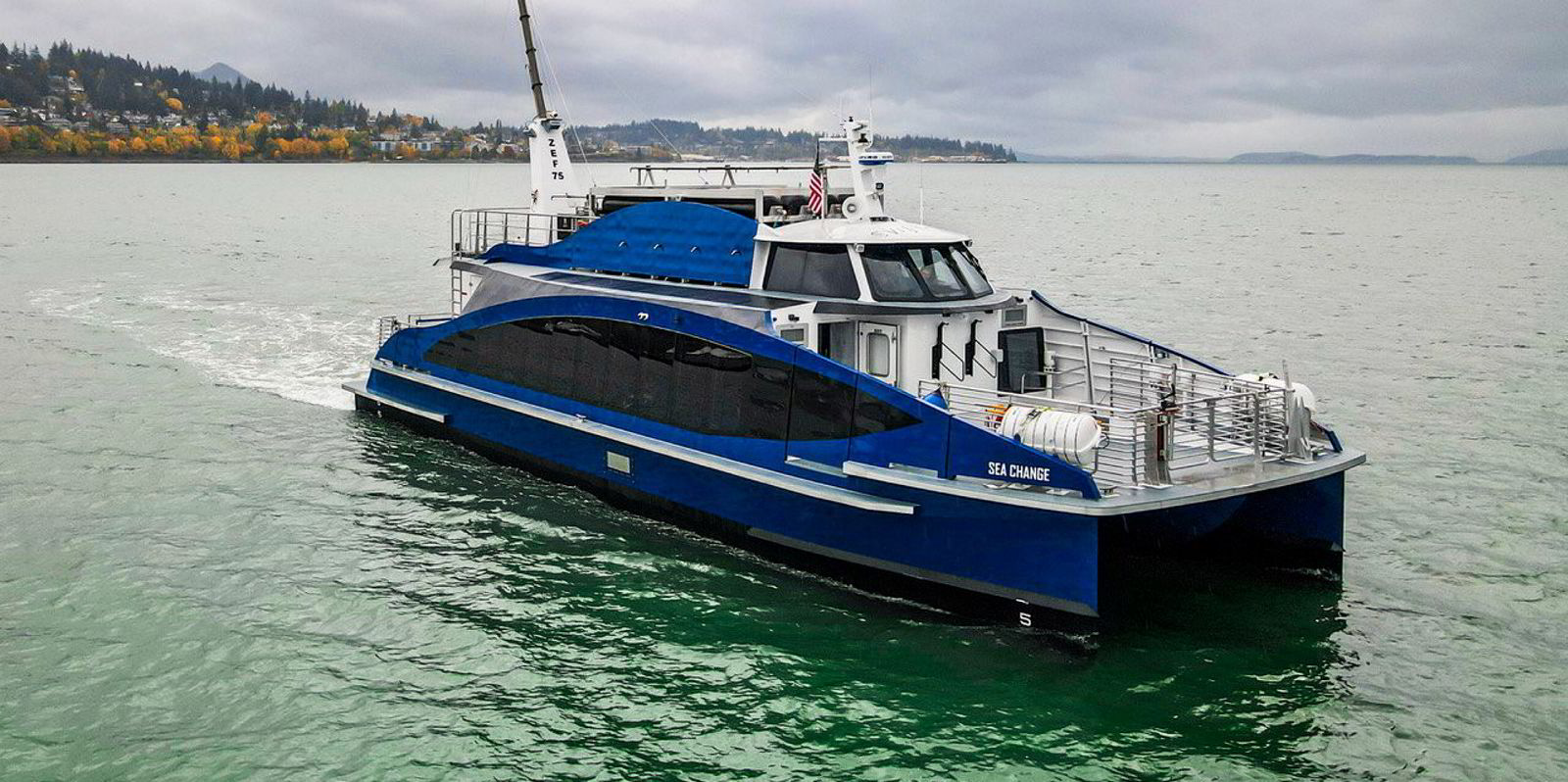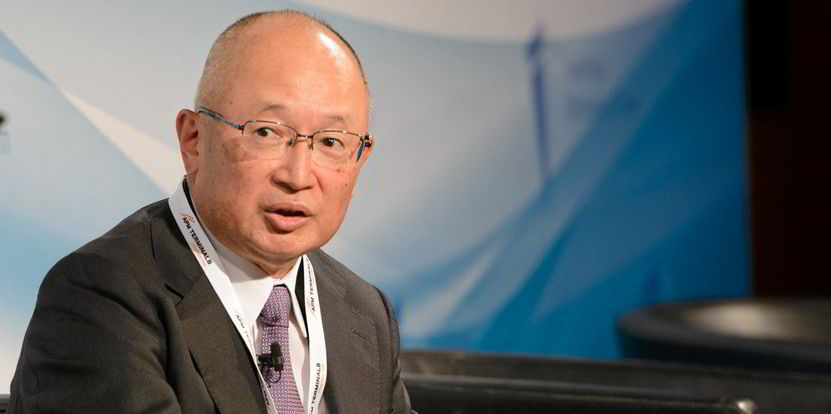Hydrogen fuel cell experts say the technology is making significant strides and is being overlooked as an option for main propulsion on ships.
The rapid development comes as other marine technology companies are targeting hydrogen-fuelled internal combustion engines and much of the discussion on green fuels remains dominated by ammonia, methanol and LNG — which can be made green when produced from hydrogen.

This story is part of a series of articles looking at the future of fuels in shipping.
Click here to read the full report
Madadh MacLaine, a green technology expert who is the founder and secretary general of the Zero Emissions Ship Technology Association, told TradeWinds that current polymer electrolyte membrane — or PEM — fuel cell systems can deliver 3.5 megawatts of power, up from just 300 kilowatts a year ago.
The largest system at the time of the report was the 299-passenger Hydra (built 2021), a ferry owned by Norway’s Norled with a 400-KW fuel-cell system.
MacLaine’s organisation, also known as Zestas, said in a report to the International Maritime Organization earlier this year that two 6.5-MW systems are expected to be installed for main propulsion on a pair of ropax ferry newbuildings by October 2025.
“PEM fuel cells are increasing exponentially,” she said.
Some technology companies are also making strides with solid oxide fuel cells, with shipbuilding giant HD Hyundai recently pumping €45m ($47.7m) into Estonian developer Elcogen.
In Zestas’ May report to the IMO, gauging the readiness level of various zero-emissions technologies, the organisation described fuel cells for shipping at the “commercialisation” stage, which was the second highest level on the scale, although still in the early adoption phase.
“Early movers at the start of this decade have demonstrated the viable use of fuel cells in maritime applications,” the group said in the report.
But Zestas said development is limited to first-of-a-kind ships.
The report also said zero-emission green hydrogen fuel production and technologies to create a maritime hydrogen supply chain are also in the early adoption and commercialisation phase.
Using hydrogen as a fuel — rather than green forms of methanol or ammonia that are produced from hydrogen — for long distances faces challenges because of its lower energy density.
But MacLaine said the Hydra can operate for a few days autonomously. The 75-passenger Sea Change, which is gearing up for operations in San Francisco Bay, with a battery and hydrogen fuel-cell system, can operate for longer before refuelling.
Meanwhile, marine technology companies are looking to hydrogen-fuelled internal combustion engines.

UK classification society Lloyd’s Register recently awarded the first ever type approval to BeHydro for a dual-fuel engine that can run on hydrogen. The company is a joint venture of Anglo Belgian Corp and CMB.TECH — the latter being an arm of Alexander Saverys-led Compagnie Maritime Belge.
MAN Energy Solutions, in a partnership that includes a unit of cruise titan Carnival Corp, is exploring a hydrogen engine.
There are advantages to internal combustion technology. Engines can be dual fuel, providing flexibility, and can handle less pure hydrogen, according to marine technology experts.
But MacLaine said hydrogen fuel cells can serve as a main source of propulsion on vessels in a zero-emission way that internal combustion engines cannot.
“Internal combustion engines will always emit greenhouse gases,” she told TradeWinds. “There’s no way that you can combust something and not emit greenhouse gases.”
She said she takes exception with the characterisation of methanol as a zero-emissions fuel. It has a “C” in its molecule after all.

“How can you call methanol zero emissions? It has a carbon molecule,” she said. ”Did you look at the molecular structure?”
Ammonia does not have carbon in its molecule, but burning it emits nitrogen oxides and nitrous oxide — NOx and N2O.
Tore Enger, chief executive of Norwegian technology company Teco 2030, believes fuel cells will make their way into the shipping industry as auxiliary power for cruise ships to operate emissions-free in port and as main power in the shortsea sector, among other applications.
Other ships will also use fuel cells in combination with an ammonia cracker or methanol-reformer that can turn those fuels into hydrogen.
His company rolled out a new fuel-cell system in October, and it has been in conversation with shipowners for three years.
“The interest is increasing quite dramatically,” he said, noting shortly after the launch the company had provided many price quotes but it was not yet clear how many would turn into orders.
“We can see that the market is moving in the right direction.”





